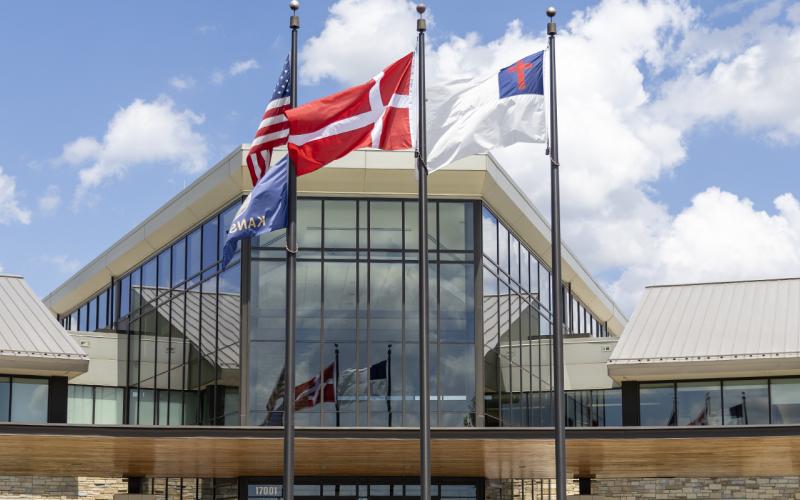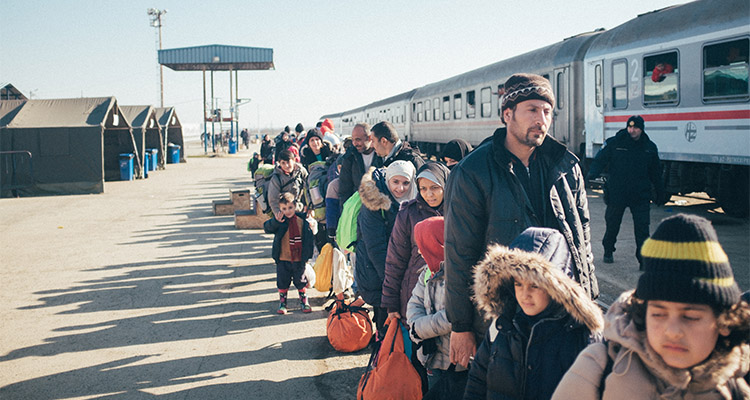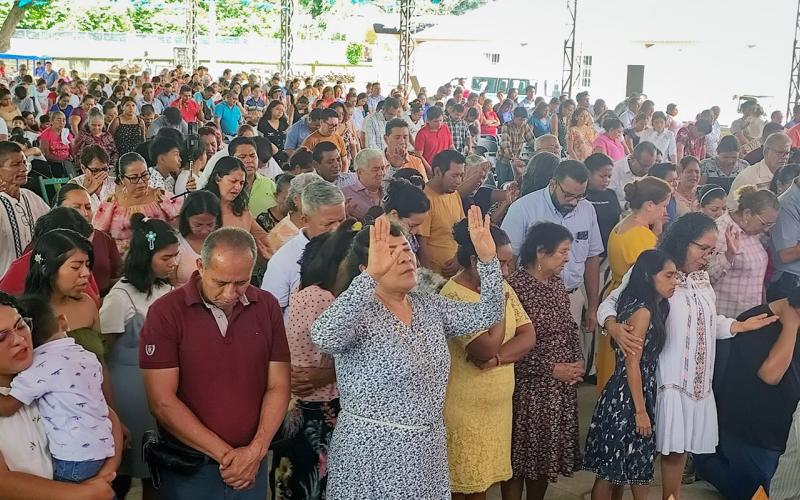
Ministry of presence: Church continues refugee response in Balkans

As the war in Syria continues to destroy cities and as conditions in refugee camps in Jordan, Lebanon, and Turkey worsen, scores of refugees continue to make their way toward Europe. Just this year more than 135,000 refugees and migrants have traveled from Turkey to Europe by sea. While harsh winter conditions have not slowed the flow of families and individuals, the journey to northern Europe has become more difficult as countries in the European Union close their borders to refugees.
The Church of the Nazarene remains committed to responding to the refugee crisis in spite of changing circumstances. In addition to the ongoing work of local congregations in Jordan and Lebanon, Nazarenes in Central Europe continue to meet the needs of refugees in transit. For the past several months, volunteers with a Nazarene refugee response team have been serving in refugee transit camps in Slavonski Brod, Croatia, and Sid, Serbia, by meeting immediate needs, such as providing shoes.

Until recently, these stations saw thousands of people come through daily. With the current border closures in the Balkans, the flow of people has stopped, but hundreds of refugees are now stuck at each site for the foreseeable future. Many organizations have moved elsewhere as a result, but Nazarene team members are remaining to provide for the needs of families and individuals who have nowhere else to go.
Brandon Sipes, who is helping coordinate the church’s refugee response through Nazarene Compassionate Ministries, said the team sees this as an opportunity to “deepen relationships.”

James Madsen, a volunteer, said through his experience there, the refugees have “become a lot more human than [they are] on a TV screen or computer screen.”
Madsen sees responding to the needs of refugees as a responsibility of the church.
“It’s what the church is supposed to be,” he said. “How the church is supposed to grow is [to] be there to met people’s needs, to be an encouragement, to be love to people.”
Leaders from Nazarene churches and districts in Northern Europe are gathering April 1 in Frankfurt, Germany, to plan ways to effectively minister to the refugees who are able to reach their communities.
How to help
Churches and individuals around the world can support efforts to minister to refugee families by giving to the NCM Refugee and Immigrant Support Fund.
To send donations by mail:
In the U.S., make checks payable to "General Treasurer" and send them to:
Global Treasury Services
Church of the Nazarene
P.O. Box 843116
Kansas City, MO 64184-3116
Be sure to put 125347 in the Memo area.
In Canada, make checks payable to "Church of the Nazarene Canada" and send them to:
Church of the Nazarene Canada
20 Regan Road, Unit 9
Brampton, Ontario L7A 1C3
Be sure to put 125347 in the Memo area.
For other countries, please give through your local church or district, designating your gift to the NCM Refugee and Immigrant Support Fund.
To learn more about the church’s response to the refugee crisis, visit ncm.org/refugees. Additional stories from the refugee camps in Croatia and Serbia can be found on the Nazarene Compassionate Ministries blog.



